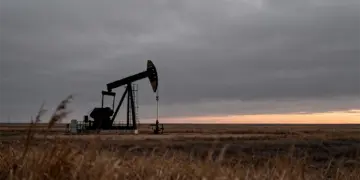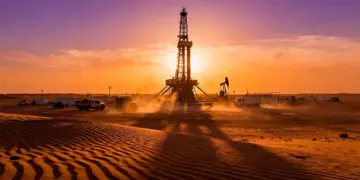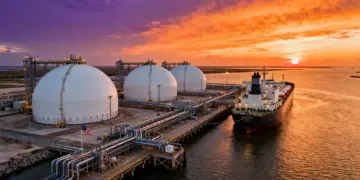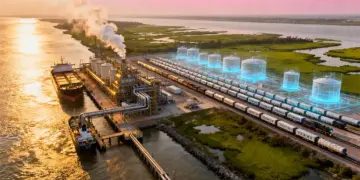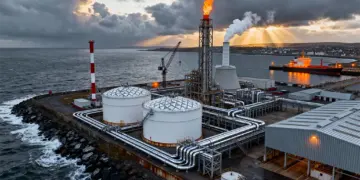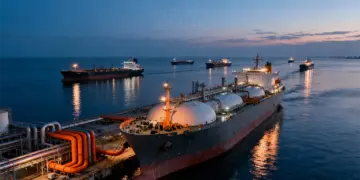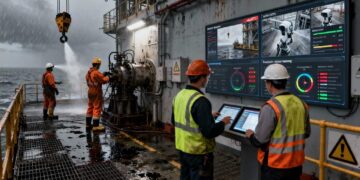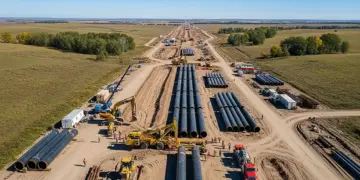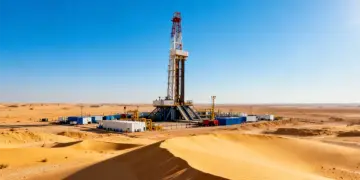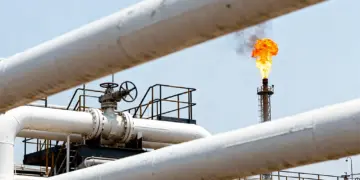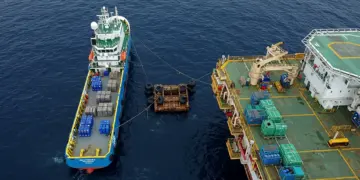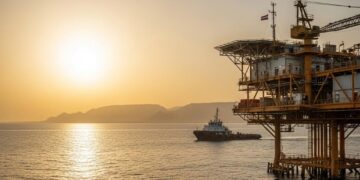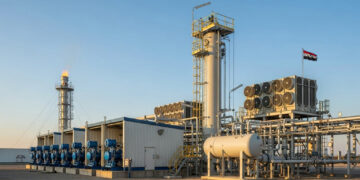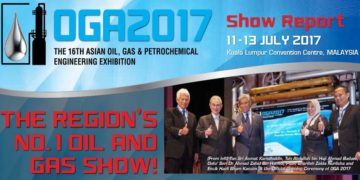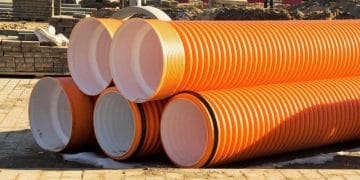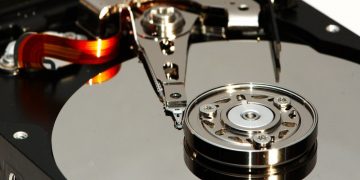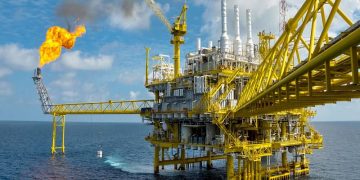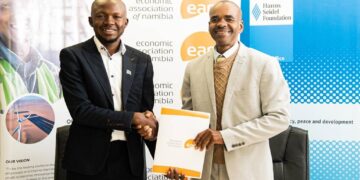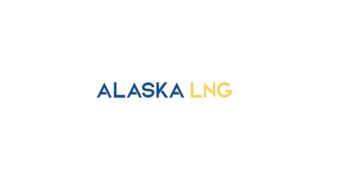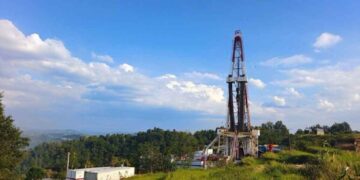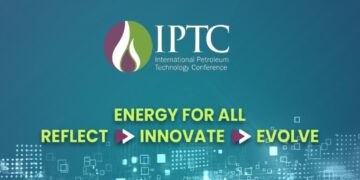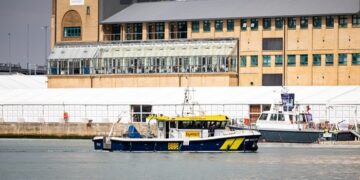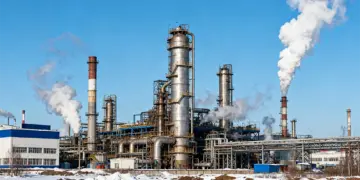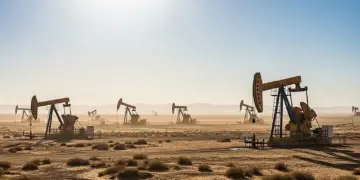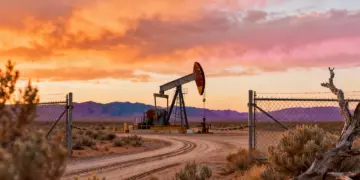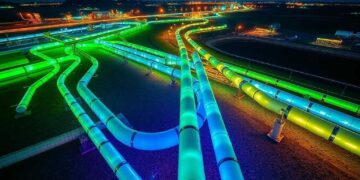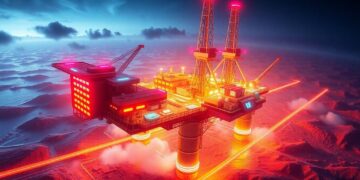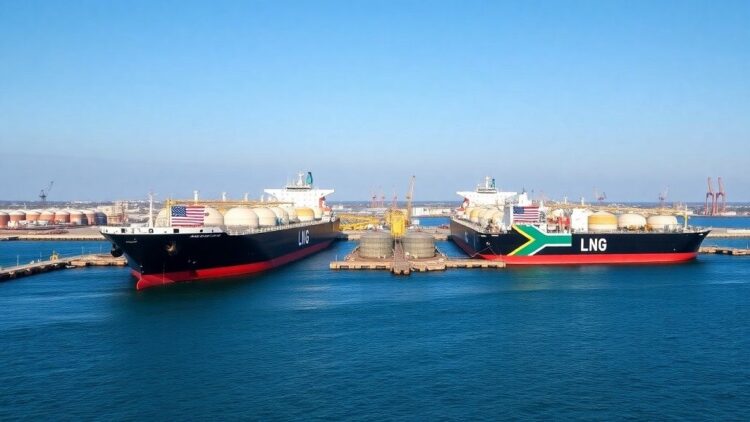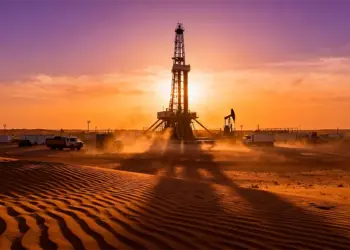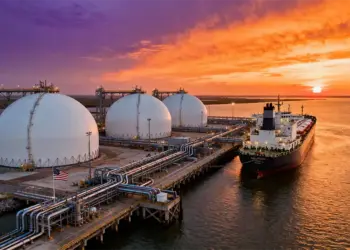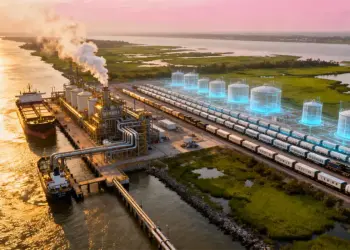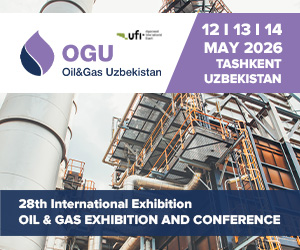- South Africa plans to import LNG from the United States during the next ten years.
- South Africa is also exploring opportunities for collaboration with the United States in a variety of technologies, including fracking.
- South Africa presently imports the majority of its gas from Mozambique via pipeline, with Mozambique’s $20 billion natural gas and LNG project experiencing recurrent delays.
South Africa has proposed buying liquefied natural gas (LNG) from the United States over a 10-year period as part of a trade deal with the Trump administration, according to a ministerial statement released by the South African government. South Africa intends to acquire 75 to 100 million cubic metres of LNG annually from the United States, the world’s leading LNG exporter.
According to Khumbudzo Ntshavheni, South Africa’s Minister in the Presidency, the agreement will “unlock approximately $900 million to $1.2 billion in trade per annum and $9 billion – $12 billion for 10 years based on applicable price.” According to Ntshavheni, US LNG purchase will not replace South Africa’s existing supplies, but rather supplement them.
South Africa’s cabinet spokeswoman, Ntshavheni, said her country would also look into areas of cooperation with the United States in other technologies, such as fracking, to assist unleash the country’s gas sector. South Africa’s Karoo region contains considerable gas deposits; nevertheless, the country has placed an embargo on shale gas drilling for environmental reasons. The proposed trade package also includes a quota of 40,000 vehicles per year to be exported duty-free from South Africa; duty-free automotive component supply from South Africa; 385 million kilogrammes of duty-free steel per year; and 132 million kg of duty-free aluminium per year.
South Africa’s President Cyril Ramaphosa is credited with proposing the US LNG purchase deal during a week-long visit to the White House, during which US President Donald Trump blamed him for “genocide” against white farmers and controversial government policies such as black economic empowerment and land reform. Ramaphosa had intended to use the meeting to heal relations with the Trump administration after Trump cut off aid to South Africa, accusing the country of “egregious actions.”
In March, Marco Rubio, the US secretary of state, proclaimed South Africa’s ambassador to the US, Ebrahim Rasool, persona non grata and removed him from the country. The government denounced South Africa’s genocide court case against Israel.
South Africa presently imports the majority of its gas from Mozambique via pipeline, with Mozambique’s $20 billion natural gas and LNG project experiencing recurrent delays. The project was halted in 2021 owing to violence in the Cabo Delgado region, notably an attack by terrorists associated to the Islamic State. TotalEnergies (NYSE:TTE) is currently seeking approval from the Mozambican government to lift the project’s force majeure declaration, with the goal of beginning production in 2029. Total is the project’s major operator, with a 26.5% share, followed by Japan’s Mitsui & Co (20%) and Mozambique’s state-owned ENH (15%).
Despite the violence, the project is regarded as critical to the region’s and Mozambique’s economies, with the Southern African country expecting to generate US$23 billion over three decades from the Coral Norte project. The LNG project will liquefy 13.12 million metric tonnes of natural gas annually (tpy).
While 18 African countries generate natural gas, Algeria, Egypt, and Nigeria account for roughly 90% of total gas production on the continent. Nigeria has the continent’s greatest gas reserves, totalling 206.5 trillion cubic feet. The oil and gas sector in Africa’s most populous country accounts for 95% of total foreign exchange revenues and 20% of GDP.
Africa currently has numerous large LNG projects in process or pending FID. These include: Rovuma LNG, Coral North FLNG, Mozambique LNG, and Tanzania LNG. These four projects will be critical in increasing the continent’s LNG export capacity during the next decade. The Coral South FLNG is a floating liquefied natural gas (FLNG) facility off Mozambique, specifically in the southern portion of Area 4 in the Rovuma Basin. It is designed to treat 450 billion cubic meters of natural gas from the Coral reservoir, liquefying 3.4 million metric tonnes per year for export. The facility is Africa’s first deep-water FLNG. Meanwhile, Rovuma LNG is a 12-train project with a total capacity of 18 million tpy; Mozambique LNG has a total export capacity of 43 million tpy, and Tanzania LNG will supply 10 million tpy of capacity.


